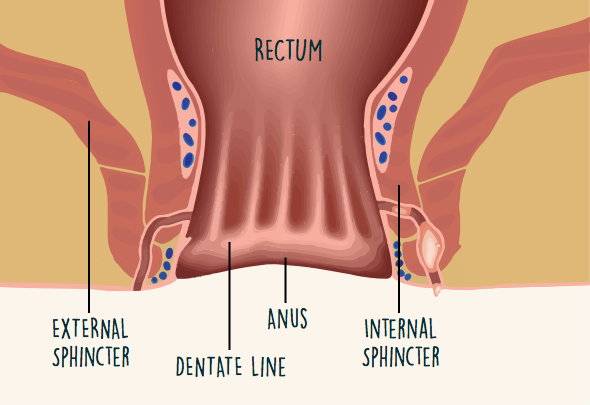Laser Surgery today has dominated all the other medical treatments in the world. It delivers lasting relief by causing less pain and risk. Laser surgeries can be used to treat the skin, the eyes, and, most recently, the painful fistula. Advancement in laser surgery today can lead to a permanently cured fistula.
The treatment procedure of curing fistula with laser surgery is straightforward and assures the patient that the treatment would relieve him/her from the unbearable pain.
However, before we begin with curing fistula with laser surgery, let’s understand what a fistula is?
What Is A Fistula?
A fistula is considered an unnatural attachment between two separate body parts — for instance, a connection between an organ and another organ or the structure of the human body. An injury, surgery or some infection and unexplained inflammation can cause a fistula to develop.
Fistula can develop between several organs of the human body due to an abnormal connection. Some of which include:
- The vagina and the cervix.
- The bowel and the vagina.
- The bowel and the skin around the anus (Anal Fistula)
- Between a vein and an artery.
- The surface of the skin and the stomach.
- In between the neck and the throat.
Author’s Note: There are more body parts amongst which the fistula can appear.
What Is An Anal Fistula?
Out of all the fistula cases, the occurrence of Anal Fistula has increased over time. And since Anal Fistula can cause a lot of pain, irritation, consistent drainage, fever, chills, etc., doctors advanced their treatment to cure Anal Fistula in just a few days; therefore, they confide in the usage of laser surgery today for immediate treatment of the fistula.
Furthermore, when you visit a doctor for the fistula checkup, you will find that there are not one but four separate types of Anal Fistula.
Most Common Types Of Anal Fistula
1. Extrasphincteric Fistula:
The area of this type of fistula starts at the rectum directly and leads to extending downwards until it opens around at the anus while going through the levator ani muscle. The cause of Extrasphincteric fistulas is either appendiceal abscess, Crohn’s disease or the diverticular abscess.
2. Suprasphincteric Fistula:
Internal and the external sphincter muscles are the areas where the Suprasphincteric fistula occurs. It then starts moving upwards until it reaches the puborectal muscle. And just as it passes the puborectal muscle, it begins extending downwards in between the levator ani muscle and the puborectal, to open finally around 1 or 2 inches outside the patient’s anus.
3. Transphincteric Fistula:
Generally, the Tranphincteric Fistula occurs right in the space behind the anus, or it originates at the tiny space between the internal and external sphincter muscles, similar to Suprasphincteric fistula. This type of fistula also extends and opens 1 or 2 inches outside the anal opening. The Transphincteric fistula can also be called a Horseshow Fistula because it can have an external opening on the anus’ both sides which wrap around the body in a U Shape (like a horseshoe).
4. Intersphincteric Fistula:
This type of fistula starts developing in between the external and the internal sphincter muscles and leads to opening almost around the anal opening.
After the checkup, the doctor will inform you about the type of anal fistula from which you are suffering and provide suggestions regarding the same. The doctor will tell you if your fistula can be treated with laser surgery today itself or does it need some more time.
Types Of Anal Fistula Treatments
There are two types of fistula treatments.
- Laser Surgery
- Traditional Method
Both of these treatment processes can cure your Anal Fistular, but laser surgery can work better than traditional methods.
Traditional method includes cuts and stitches, plus it is a painful treatment. Furthermore, when you are through with the procedure via the traditional process, the healing process can take a lot of time.
Whereas, when you opt for laser surgery to treat your fistula, you will have a lasting relief because it removes the whole fistula from the root without any cuts and suture. If you were to undergo fistula laser surgery today, then you will be able to resume all your regular activities from tomorrow -laser surgery of the fistula takes only 24 hours to heal.
Apart from that, choosing laser surgery over traditional methods saves you from the daily dressing and doctor visits, plus there are no diet restrictions.
So, are you ready to cure your anal fistula with laser surgery today for immediate relief?
